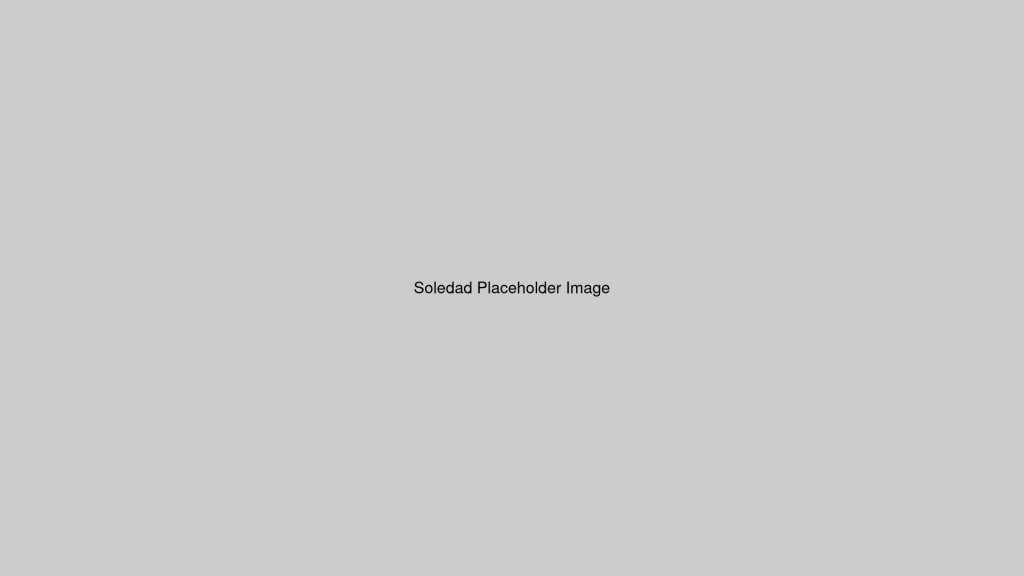Not all VAT-free sales are the same. Understanding the key difference between zero-rated and VAT-exempt supplies could save your business money and prevent costly VAT mistakes.
It's important to understand the distinction between zero-rated and VAT-exempt supplies. While both may appear similar, because no VAT is charged on the sale, the implications for businesses are very different.
If a supply is exempt from VAT, it means no VAT is charged to the customer, and no output VAT is due. However, the downside for businesses is that they cannot reclaim any input VAT (i.e., VAT paid on purchases or expenses related to the exempt activity). This can make exempt activities more expensive to provide, particularly for businesses that incur significant VAT on costs.
Common examples of VAT-exempt supplies include:
- Insurance
- Finance and credit
- Education and training
- Fundraising events run by charities
- Health and welfare services
- Postal services
- Betting and gaming
- Subscriptions to membership organisations
- Selling, leasing, and letting of commercial land and buildings (though this exemption can be waived under certain conditions)
There are exceptions and detailed rules in most of these examples cited above. Whether a supply qualifies as being VAT exempt may depend on how it's structured and who is receiving the service.




